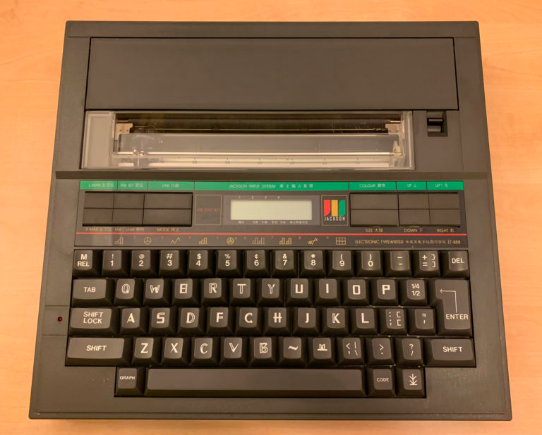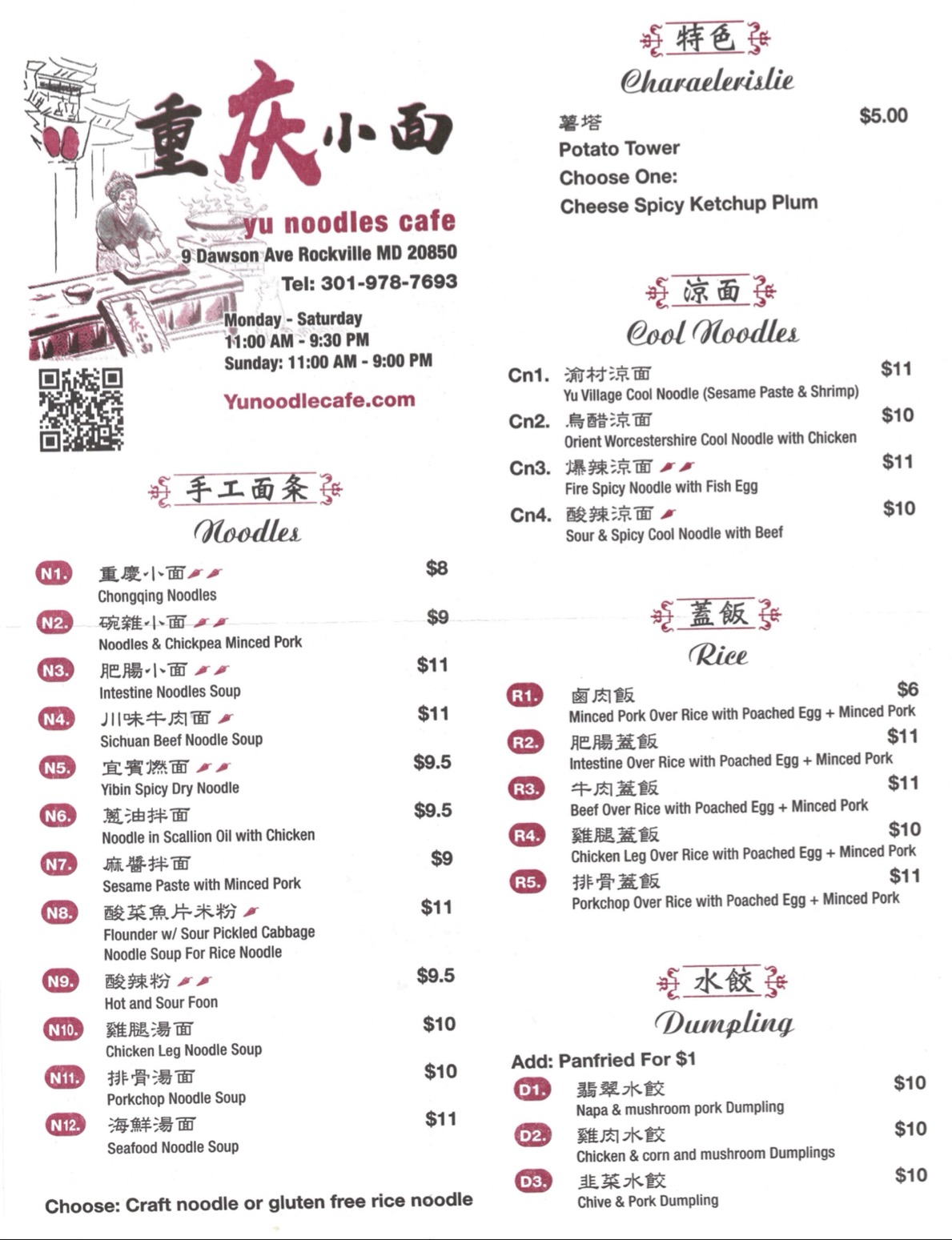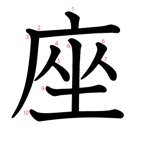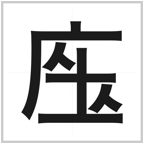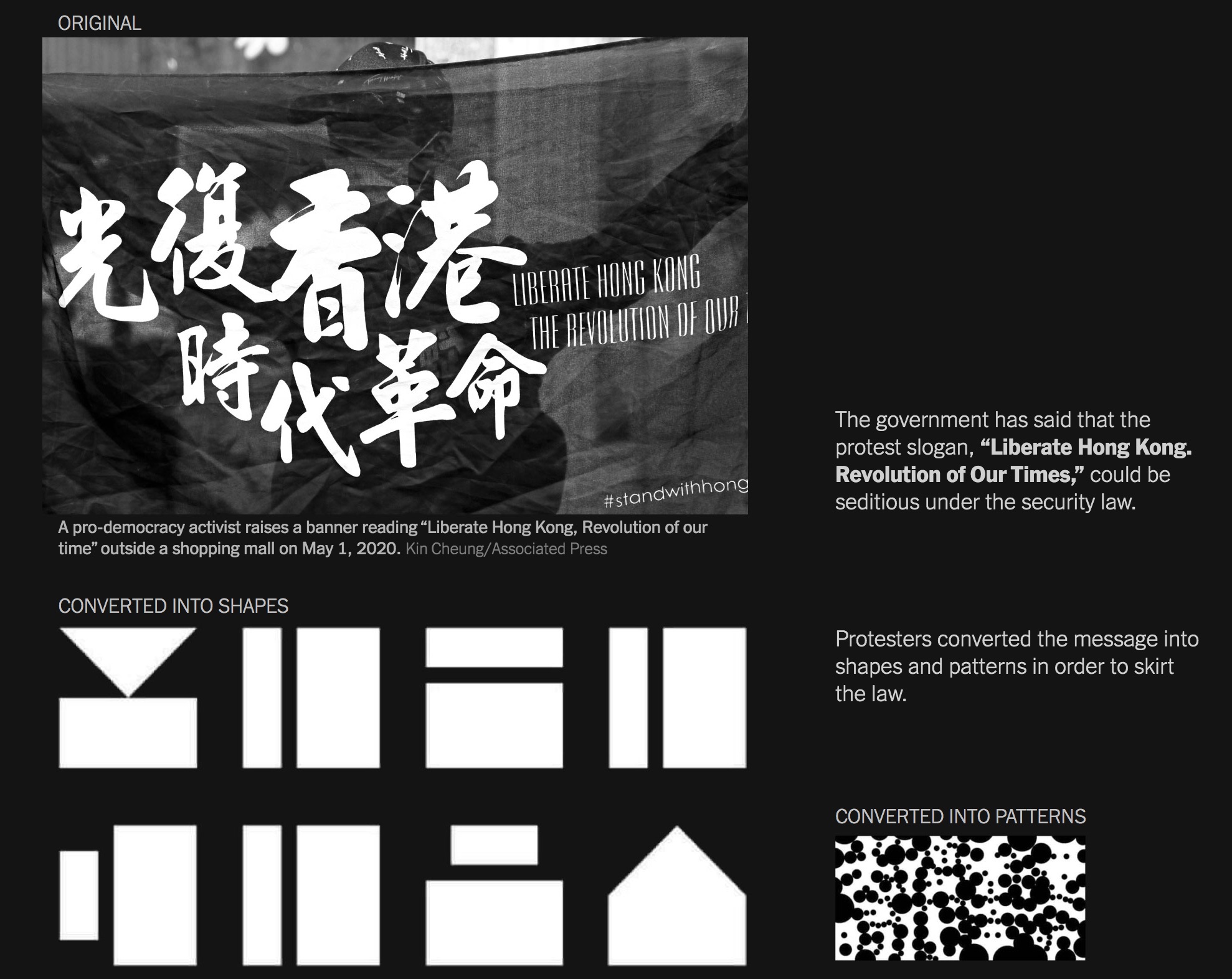Pope Francis' tombstone
Designers Do a Double Take at the Lettering on Pope Francis’ Tombstone
Irregularly spaced letters spelling “F R A NCISC VS” have caused a stir among typography nerds who specialize in spacing and fonts. One called them “an abomination unto design.”
By Adeel Hassan, NYR (5/4/25)
It seems a small matter to get exercised over, but then it's the pope, after all, and for those who care about it, kerning is a serious business.
The simple slab has only 10 letters, but the spacing between them can make it read like “F R A NCISC VS.”
Read the rest of this entry »
 …)
…)